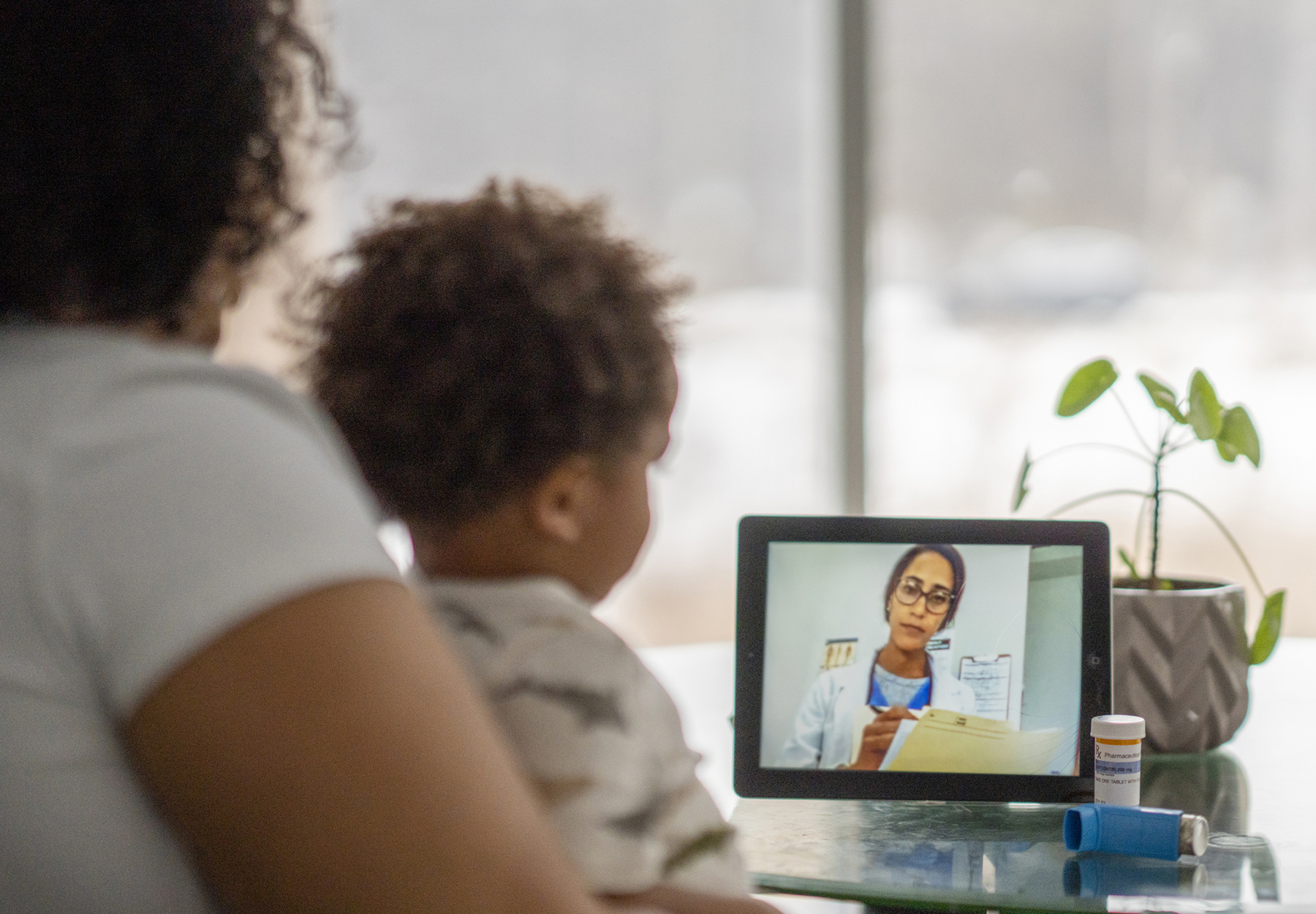Telehealth Doesn’t Discourage In-Person Care or Drive Wasteful Use
Two recent studies show that most people see telehealth as a supplement to in-person visits, rather than a replacement.

Subscribe to Clinical Diagnostics Insider to view
Start a Free Trial for immediate access to this article